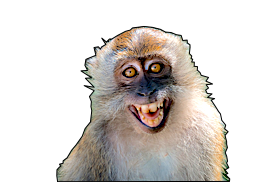Effect of photobiomodulation on monocyte dynamics and cytokine levels following plyometric exercise in physically active men.
Abstract
Photobiomodulation (PBMT) has been investigated as a non-invasive approach to modulate inflammation and muscle recovery, especially after intense exercise. This study aimed to evaluate the impact of PBMT on the dynamics of monocyte subpopulations and cytokine levels after a plyometric exercise session in physically active men aged 18-25 years. This randomized, double-blind, placebo-controlled study, 22 participants were divided into PBMT and placebo groups. Blood samples were collected before, immediately after, and 72 h post-exercise. Monocyte subpopulations were analyzed by flow cytometry, while cytokine levels (TNF-alpha and MCP-1) were quantified using enzyme-linked immunosorvent assays (ELISA). Plyometric exercise increases classic monocytes (CD14 + CD16-) at 72 h compared in the PBMT group (+ 2,38% p = 0.035). Intermediate monocytes (CD14 + CD16 +), increase immediately after (p < 0.001) and 72 h (PTBM + 21,43%; placebo + 36%; p = 0.023) after exercise in the both group; Non-classical monocytes (CD14-CD16 +) showed differences between groups at 72 h (11,11%; p = 0.002). Exercise increased TNF-alpha and MCP-1 levels immediately after (p < 0.01 for both groups). PBMT reduced TNF-alpha levels below baseline at 72 h (-12,50%; p = 0.035), while MCP-1 remained elevated in the placebo group (+ 27,78%; p < 0.035). Differences in MCP-1 changes (Delta%) were observed 72 h post-exercise (p = 0.03). These findings suggest that PBMT attenuates inflammation and promotes immune recovery after exercise.
| Authors: | Silva IM, Schipper L, Lira FS, Kiefer T, Rom&#xe3;o PRT, Dorneles GP, Peres A, |
|---|---|
| Journal: | Lasers Med Sci;2025Mar11; 40 (1) 135. doi:10.1007/s10103-025-04386-y |
| Year: | 2025 |
| PubMed: | PMID: 40064728 (Go to PubMed) |

